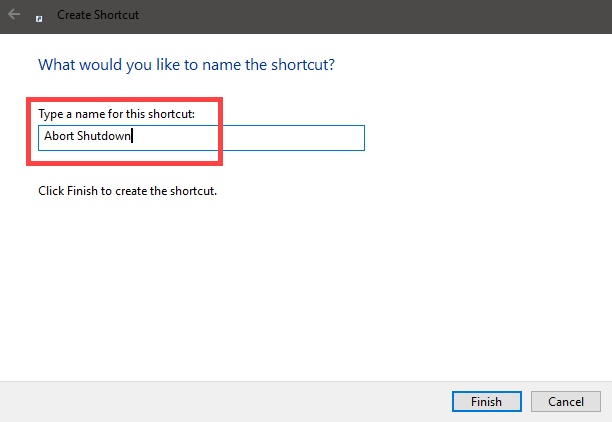

If an inability to pay employees is part of the reason you’re closing your business, you may have options: You’ll also need to collect company property, including mobile devices, cars, and computers. And keep in mind that you’ll need to reimburse your employees for any out-of-pocket expenses. Some state regulations detail when you must issue each employee’s last paycheck. Part of your strategy should include how you’ll manage communication with employees. But completing some tasks, like selling your assets, could be difficult if your employees aren’t aware of what’s happening. You’ll need to use your best judgment when telling your employees about your decision to close. Formulating a plan before deciding to cease operations can help you navigate the closure process smoothly. Then consider getting help from lawyers, bankers and accountants, tax professionals, or the IRS. Work with your stakeholders to formulate an exit strategy and map out the best way to shut down the business. If you own a corporation, you may need to consult with your board of directors. If you own a partnership or limited liability company, you may need to consult with other owners. The decision to close a business is not one you have to make on your own. Following these steps can ensure you close down your business the right way, allowing you to carve a new path forward. Use this 10-step guide to close your business as painlessly as possible. If you walk away without fulfilling all the requirements, you risk legal disputes, a tarnished reputation, and unnecessary fees.

There’s legal paperwork you need to complete, assets you need to distribute, and employees you need to pay.

But closing a business is a bit more complicated than that. If it is time to close your business, you might want to walk away and never look back.



 0 kommentar(er)
0 kommentar(er)
